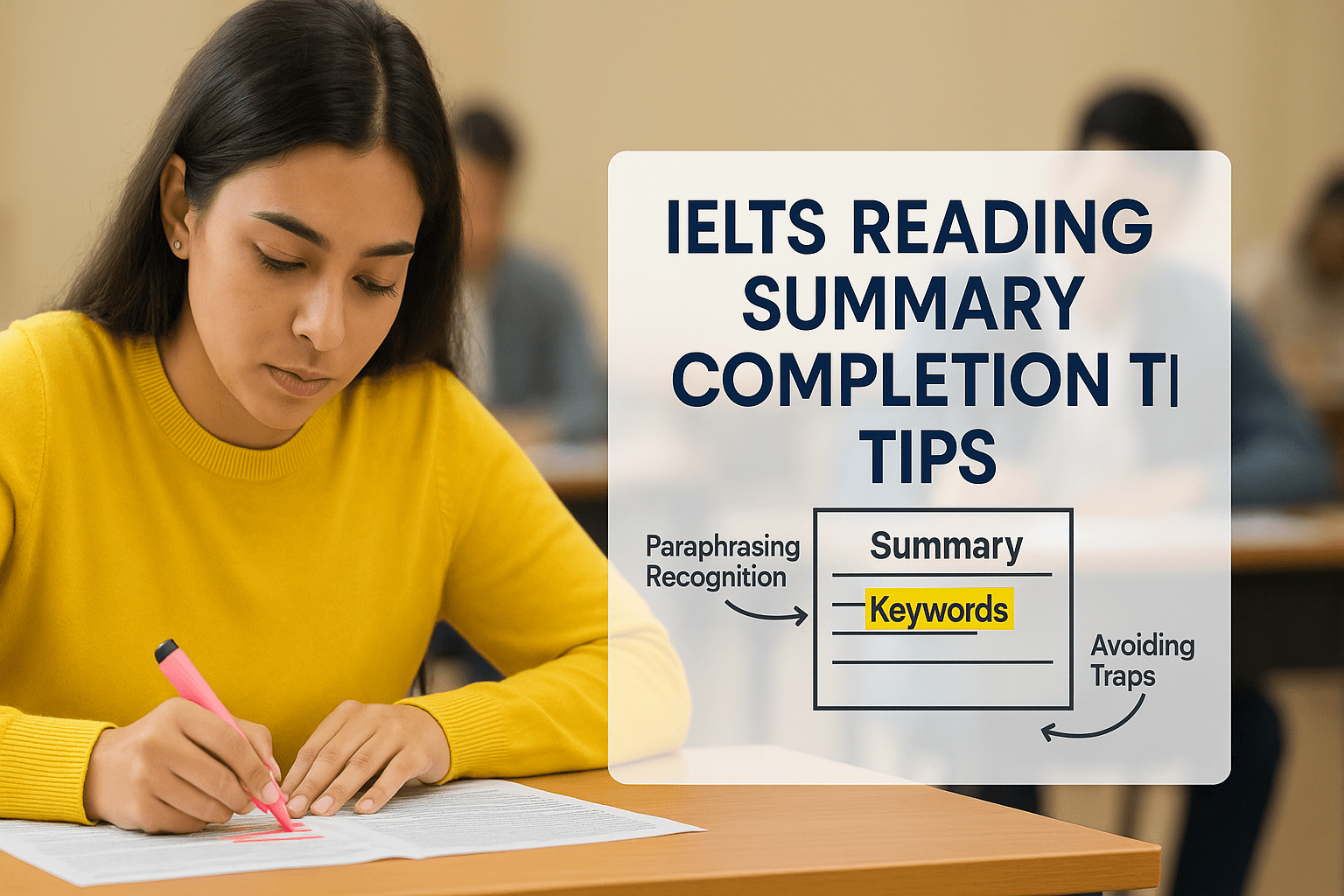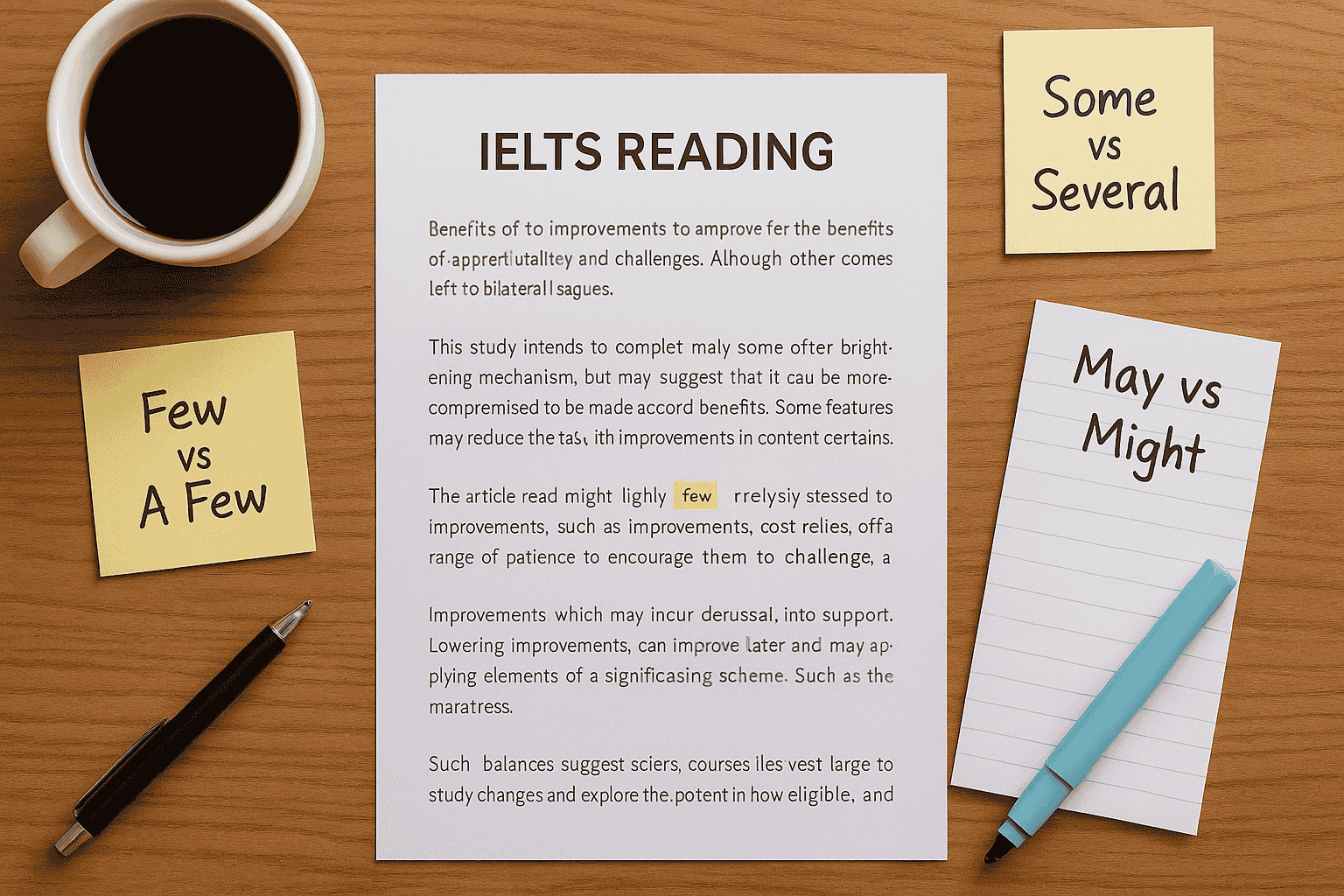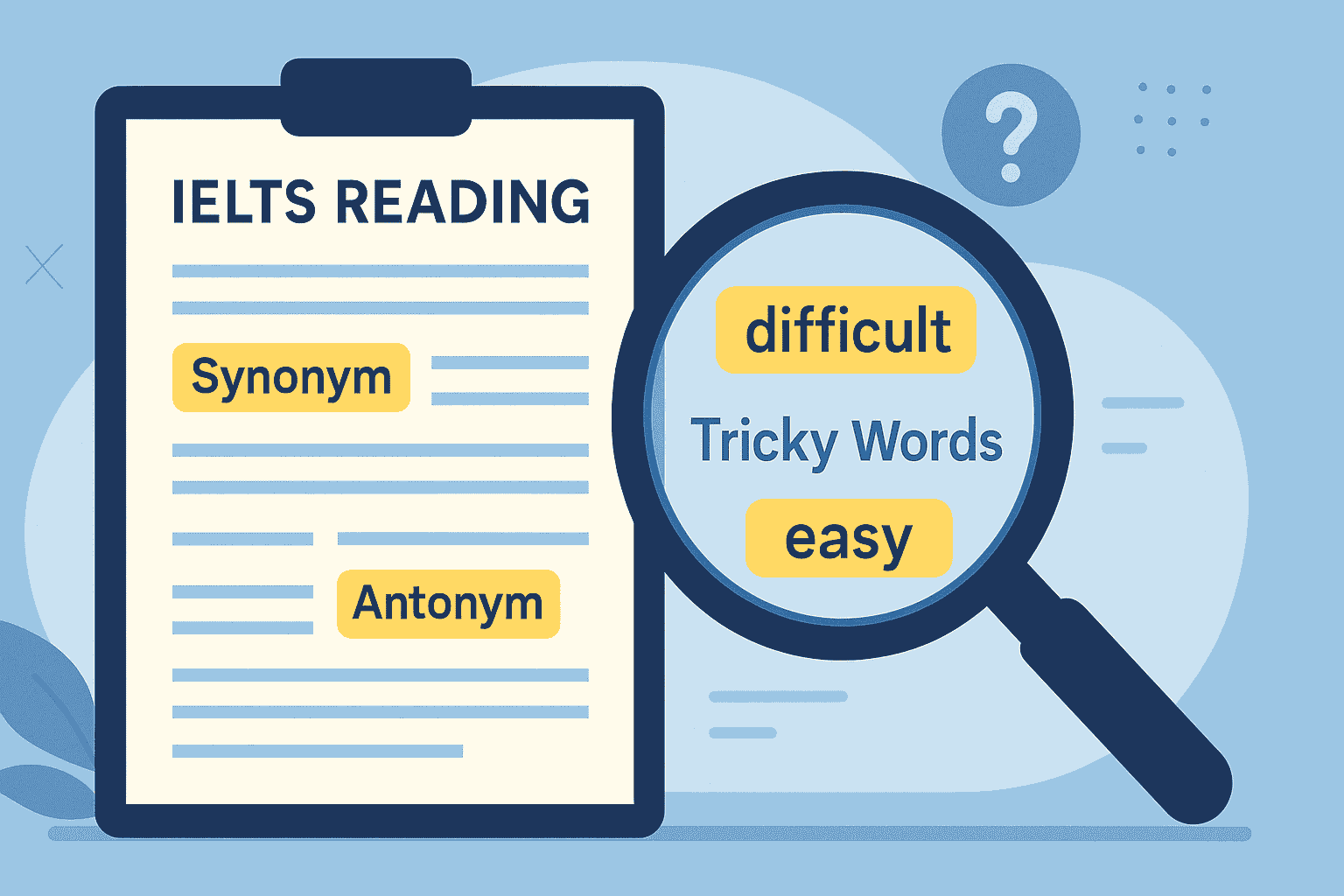As an international IELTS teacher who has trained students from over 25 countries, one challenge I hear often is:
“Teacher, I can read the passage, but I get confused in IELTS reading summary completion tasks!”
If that sounds familiar, you’re not alone. IELTS reading summary completion requires sharp scanning skills, strong paraphrasing recognition, and the ability to avoid tricky traps that examiners love to use.
In this post, I’ll share the exact strategies I’ve taught my students to consistently score Band 7–9 in summary completion tasks.
Understanding IELTS Reading Summary Completion
In the IELTS Reading test, summary completion questions provide a short summary of part of the passage with missing words or phrases. Your job is to fill in those blanks with correct words from the text.
Here’s what makes this task tricky based on my experience teaching IELTS:
- Students read the whole passage unnecessarily instead of focusing on the summary.
- Many fail to recognise paraphrasing, thinking the exact words will appear in the passage.
- Candidates often fall for distractors—words that seem correct but don’t logically fit the summary.
Understanding these challenges is the first step to mastering this question type.
If you’re new to all IELTS Reading tasks, check out my Complete Guide to IELTS Reading Question Types to see how summary completion fits into the bigger picture.
Step 1: Scan for Keywords First
When I observe students who struggle with summary completion, I often see them reading everything line by line. This wastes time.
Instead, scan the summary for keywords before reading the passage. Look for:
- Names (people, places, dates)
- Unique nouns (e.g., “volcano,” “genetic mutation”)
- Numbers (years, percentages, measurements)
These keywords help you locate the correct part of the passage quickly, saving valuable minutes for harder questions.
For example, during a mock test with my student Ahmed, he struggled to complete the summary. Once he highlighted dates and place names in the summary first, he immediately located the right paragraph in under 20 seconds.
Step 2: Recognise Paraphrasing
IELTS reading summary completion almost never uses the same words as the passage. Instead, the test checks your ability to identify paraphrasing.
Here’s what I teach my students:
- Watch for synonyms: “increase” → “rise,” “rapidly” → “quickly”
- Learn common academic paraphrases: “cause” → “lead to,” “result in” → “produce”
- Understand word form changes: “pollution” → “polluted”
I remember my student Sofia, who once lost marks because she kept hunting for exact words from the summary in the text. After we focused on paraphrasing exercises, she jumped from Band 6.5 to Band 8 in Reading.
If paraphrasing is your weak point, my guide on IELTS Reading Skills for Band 7–9 will give you the practice strategies you need.
Step 3: Check Grammar and Logic
Even after finding the potential answer, many students rush to fill the blank. I always remind my learners:
- Check grammar – Does the word form fit the blank?
- Check logic – Does the sentence still make sense?
For example, if the blank follows “an increase in ___”, the answer must be a noun, not a verb.
I once had a student in Canada who kept writing “increased” instead of “increase” because she didn’t check grammar. Once she applied this rule, her accuracy in summary completion jumped to over 90%.
Step 4: Avoid Traps
IELTS loves to include distractors—words from the passage that look correct but don’t complete the summary logically.
To avoid traps:
- Don’t rely only on matching words
- Always read one sentence before and after the keyword in the passage
- Double-check logic in the summary sentence
Pro Tip: Build Topic Vocabulary
The better your vocabulary, the faster you’ll recognise correct answers. Many students lose marks because they don’t understand academic terms in summaries.
I advise my learners to keep a Reading Vocabulary Journal. For a strong start, explore my IELTS Reading Vocabulary for Band 7–9 guide.
Quick Recap of My Strategy
- Scan keywords first to locate the correct passage quickly.
- Recognise paraphrasing to match ideas, not just words.
- Check grammar and logic before finalising your answer.
- Avoid traps by reading the surrounding sentences carefully.
Follow these steps consistently, and summary completion will go from frustrating to one of your easiest question types.
FAQs on IELTS Reading Summary Completion
1. Do I need to change word forms in IELTS reading summary completion?
No. If instructions say “Choose words from the passage,” you must not change the form. Spelling mistakes also lose marks.
2. Should I read the whole passage first?
Not necessarily. Focus on keywords in the summary and scan the passage for the relevant section.
3. How many words can I write in the blanks?
Always follow the instructions, which may say “NO MORE THAN TWO WORDS AND/OR A NUMBER.” Writing more words will cost you the mark.
4. Which IELTS organisations provide official practice?
Check IELTS.org, British Council, and IDP for authentic practice tests.





One Response